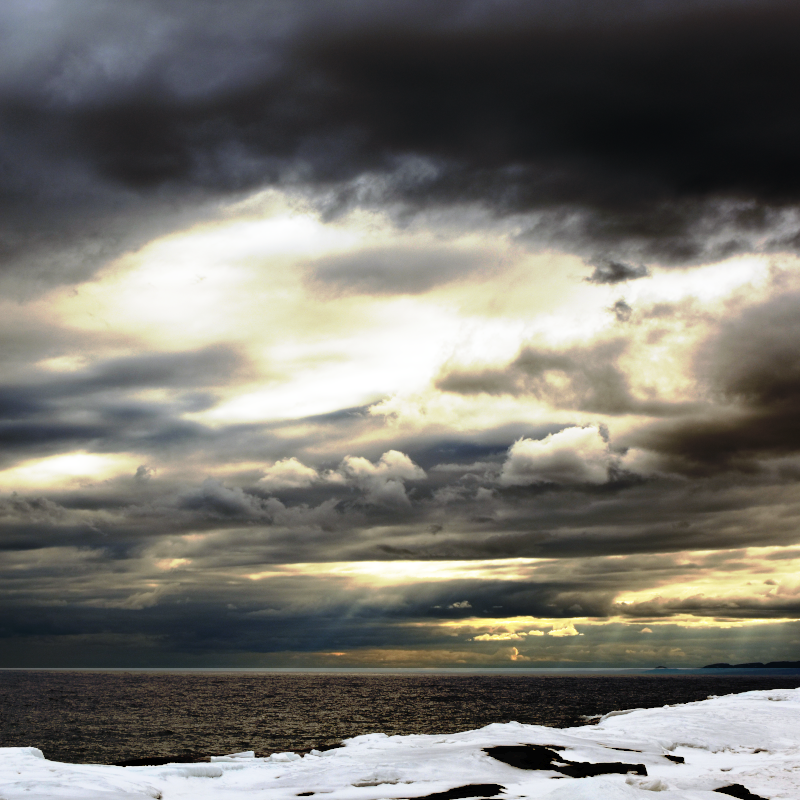
Wuthering.UK
P.O. Box 1302
Grand Marais, MN, 55604
USA
wuthering.uk@gmail.com

To that ethereal throng have not each of us the right to stealthily belong? —Emily Dickinson

Wuthering.UK
P.O. Box 1302
Grand Marais, MN, 55604
USA
wuthering.uk@gmail.com

To that ethereal throng have not each of us the right to stealthily belong? —Emily Dickinson